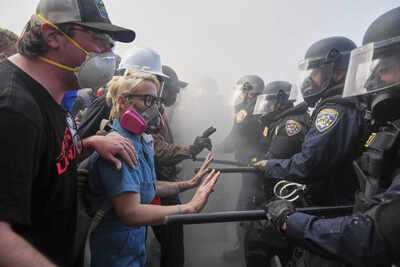
The journey of a film from script to screen is a fascinating and intricate process that involves various stages, each critical to bringing a cinematic vision to life. Understanding this journey can deepen your appreciation for the artistry and hard work involved in filmmaking.
1. Development
The process begins with the development phase, where the initial idea is transformed into a script. Writers, producers, and directors collaborate to create a compelling narrative. During this stage, the screenplay is often revised multiple times to refine dialogue, character arcs, and pacing. This phase may also include securing funding and finding production partners.
2. Pre-Production
Once the script is finalized, the project moves into pre-production. This stage involves detailed planning and preparation for filming. Key tasks include:
- Casting: Selecting actors for each role.
- Location Scouting: Finding suitable locations for shooting.
- Budgeting: Establishing a budget that includes costs for actors, crew, locations, and equipment.
- Scheduling: Creating a shooting schedule that outlines when and where each scene will be filmed.
3. Production
The production phase is when the actual filming occurs. This stage can be both exhilarating and challenging. Directors work closely with the cinematographer to capture the film’s visual style, while actors bring their characters to life. A production crew, including sound technicians, set designers, and costume departments, ensures that everything runs smoothly. Filming often requires multiple takes and can take several weeks to complete, depending on the complexity of the scenes.
4. Post-Production
After filming wraps, the project moves into post-production. This phase involves editing the footage, adding special effects, and incorporating sound design. Editors work with the director to shape the film’s final cut, ensuring that the pacing and tone align with the original vision. Additionally, soundtracks and sound effects are layered in, and color grading is applied to enhance the film’s visual aesthetics.
5. Distribution
Once the film is complete, it enters the distribution phase. This involves marketing the film to potential audiences and securing distribution channels. Films may premiere at festivals to generate buzz before being released in theaters or through streaming platforms. Effective marketing strategies, including trailers and promotional events, are crucial to attracting viewers.
Conclusion
The journey from script to screen is a multifaceted process that requires collaboration, creativity, and meticulous planning. Each stage plays a vital role in transforming a written narrative into a visual masterpiece, offering audiences an engaging cinematic experience.









Be the first to leave a comment